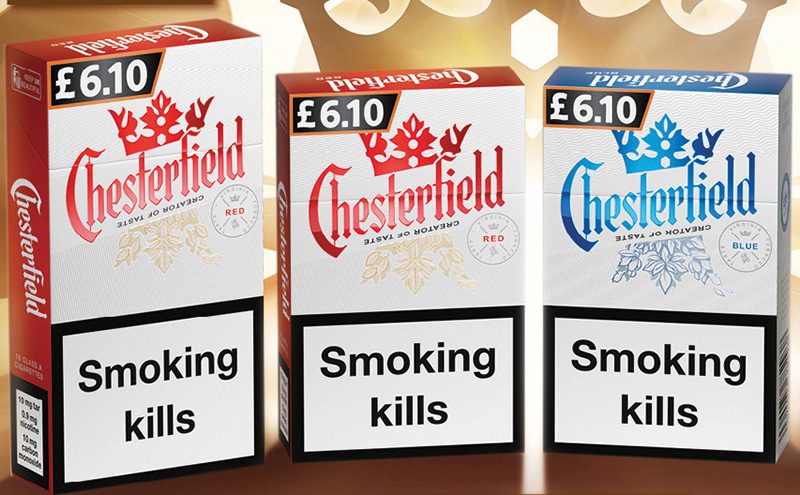
As manufacturers cease production of small packs and PMPs store owners must develop a strategy for 12 months of huge tobacco change
TIME is officially running out for traditionally-branded cigarettes and tobacco price-marked packs. And from this month retailers face a series of tricky decisions about tobacco category purchasing and stocking as the country spends a year moving to a strict new tobacco-marketing regime.
From 20 May new rules under the EU’s revised Tobacco Products Directive (EUTPD 2), will see a range of tobacco products banned from being manufactured, including packs of 10s, 19s, and 18s, flavoured cigarettes (except, for a period, menthol) and non-standard style packaging. RYO tobacco will only be allowed to be manufactured in packs of 30g or more.
And UK plain packaging legislation means only standardised, effectively unbranded, packs may be produced.
From 20 May 2016 retailers have a 12-month sell-through period to get rid of existing stock but have to guess whether there’s an advantage in stocking up now on PMPs and smaller packs.
Nisa Mintlaw retailer Sid Ali reckons this will be a critical time for convenience retailers, which many have yet to realise.
“Any time there’s a deadline, people wait until the very last moment. It’s only when the plain packs start to filter through that the panic will begin. Then they’ll start hunting for stock in old-style packaging,” he said.
“It will be interesting to see if the supermarkets switch first, or because of their resources will be able to either stockpile or secure supplies on more favourable terms.
“After going dark, we got rid of all PMPs, then we brought back the top three sellers. Now, pending plain packaging implementation, we’ve decided to put everything back in PMPs.
“We’re trying to buy loyalty. We want people to have been buying with us for the last six months before plain packaging comes in.
“You’re going to get pockets where some retailers, just because of who they buy from, will still be stocking PMPs while the retailer next door, who buys from a different source, will have the new format. That’s the scariest scenario, that a retailer ends up at a disadvantage because a supplier is switching to the new format faster than someone else.”
Day Today retailer Shah Saleem reckons the removal of price-marked packs will cause confusion for retailers and customers.
“I do stock them, because customers trust that they’re not being ripped off when they buy a price-marked pack,” he said.
“If they think packs are even a couple of pence cheaper across the road customers will go there, but it will be very difficult for me to find out what others are selling them for.
“I’ll keep stocking price-marked packs for now, probably as long as they’re available, but I might stop a bit early, to get customers used to the fact they’re not going to be around.”
• What’s your strategy? Call John McNee 0141 567 6032.










